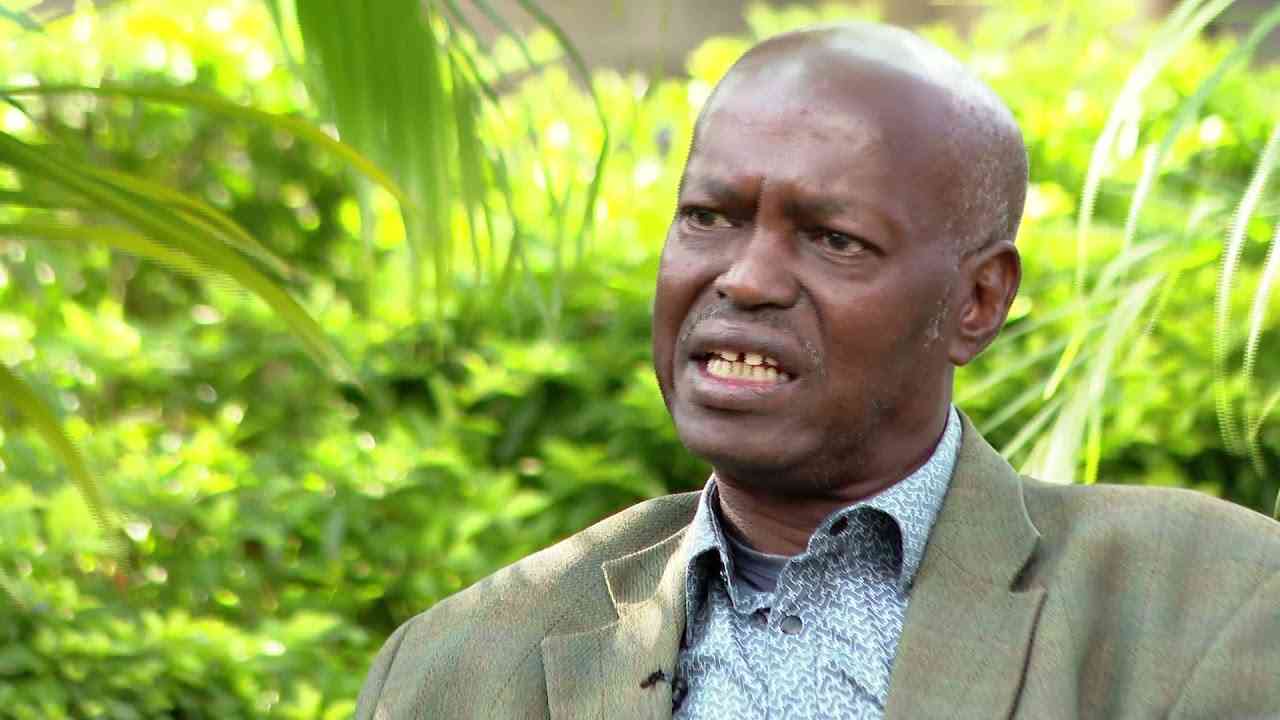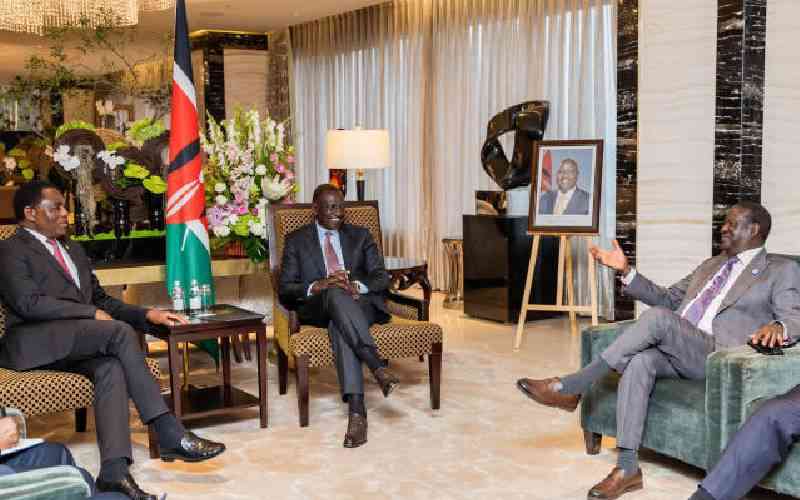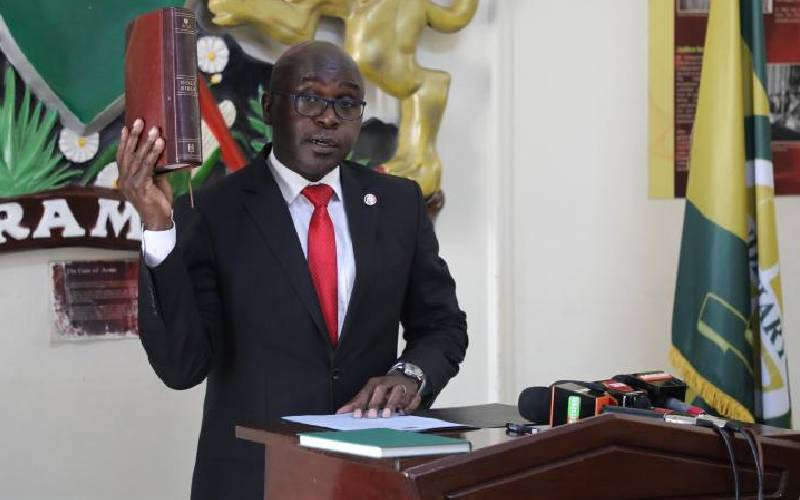Rigid building laws that prohibit the use of alternative materials are partly to blame for the rapid rise in building costs, locking out the poor from home ownership. But with the entry of options such as steel engineered buildings and a revision of the Building Code, this is set to change, writes ALLAN OLINGO.
Even though the Building Code has for years not recognised steel structures as fit for permanent residential units, Kenyans may now embrace it as an alternative to the traditional construction methods.
This is after a partnership between Equity Bank and Mabati Rolling Mills (MRM) introduced micro-mortgages that can enable an individual to own a home for as little as Sh195,000.
According to the joint partnership, individuals and entrepreneurs with a monthly income of at least Sh20,000 can now access the micro-mortgage product designed to facilitate low-cost housing units using steel structures manufactured by MRM.
This financing agreement formally kicked off the advent of micro-mortgages access, which is expected to transform the mortgage-financing sub-sector while addressing the low-cost housing units’ deficit.
Speaking during the signing of a memorandum of understanding between the two firms, Equity Bank Group Managing Director James Mwangi disclosed that the partnership would accord low-income earners affordable micro-mortgage credit facilities from as low as Sh48,000 to finance building construction elements with the cheapest housing option costing about Sh195,000.
According to Francis Gichuhi, an architect, the introduction of steel engineered structures will solve the housing crisis.
Elsek Group of Companies Chief Executive Officer Osman Erdinc Elsek says the new technology of constructing low-cost housing is affordable and requires elementary skills.
In an earlier interview, Osman told The Standard that the steel houses take a short time to construct, hence saving time and labour cost.
"The technology utilises unwelded galvanised steel structures that act as a framework upon which covering fabric made of fibre cement is placed," said Osman.
Gichuhi concurs: "With the rising costs in construction, this is the way to go. One will save on cement, ballast, stones, timber and labour."
According to the partnership, MRM will supply ready-made steel houses that will retail at Sh80,000 and Sh160,000 for two and four-room houses respectively.
However, if one opts to buy a steel structure, they can complete the walls with iron sheets, wood, bricks or mud.
"The models can be custom-made for clients depending on their tastes and preferences," said Kaushik Shah Safal, MRM’s Chief Executive Officer for the Horn of Africa.
The company is optimistic that the pricing will help it penetrate the low-end of the market, which investors seeking quick returns have shunned.
Stay informed. Subscribe to our newsletter
Space Frame Technologies project manager Joaquim Obwaku says this technology is viable as it reduces the building time and costs while at the same time ensuring high quality housing.
Obwaku adds that the cost depends on the spaces and finishes a client wishes to have. On average, the cost of a high-end house is between Sh32,000 to Sh34,000 per square metre for maisonettes as compared to Sh45,000 per square metre for ordinary houses.
"We do not have standard buildings plans, but we tailor-make quotations as per the client’s drawings and design. The client brings his or her drawing and we put it in our system, which generates the quantity of steel required and thereafter, we do a standard bill of quantities with the exact details of all items incorporated in the building," he says.
Obwaku says, using their system, the construction period is reduced by 60 per cent or more of the normal construction time, depending on the complexity of the building.
He notes that steel is environmentally friendly because it has no threat to forests and structures are durable and so strong that they can withstand natural disasters such as earthquakes.
"The heavy galvanised structures have a lifespan of around 165 years," says Obwaku.
Says Gichuhi: "I have tried for several years to introduce the prefabricated housing solutions to Kenya mainly through the use of steel panels."
In their partnership, MRM and Equity Bank promised to scale up a behavioural change campaign to encourage a switch from timber-based roofing and building beams to the adoption of more environmentally sustainable steel option with the ultimate benefit being forest conservation.
Gichuhi, however, says one drawback to this technology is that the security situation in Kenya is bad and potential customers feel psychologically unsafe in a house made of steel panels.
"Kenyans are used to living in stone houses with steel doors and windows and as long as the security situation remains the same, people will shun panel housing unless it is situated in a gated community," says Gichuhi.
Another setback is the high cost of on imports.
"The steel panels are cheap in China but the moment they land in Kenya, the import duty of ten per cent, the 16 per cent value added tax and the 25 per cent charged by the Kenya Bureau of Standards push up the costs considerably. This is also coupled with the high rail or road transportation costs from Mombasa to Nairobi."
Scepticism
Gichuhi says by the time the steel imports get to Nairobi, the cost is almost the similar to that of a stone house, making many shy away from importing them.
The only downside to the houses in the micro-mortgages project is their insulation. Unlike the normal steel houses, these ones are not buffered with foam that insulates the frames, meaning they can overheat or be very cold.
"I believe the micro-mortgage houses targeted at solving the immediate housing crisis will use light frames, but they might lack the luxury of thermal regulation," notes Gichuhi.
Kenya currently needs about 150,000 to 200,000 houses a year, but the Government and private developers build and average of 40,000 units annually
MRM chairman Manu Chandaria says with the support of Equity Bank, they now hope to start reducing the housing deficit by facilitating the constructions of at least 5,000 units annually.
These affordable housing units can be residential homes or outbuildings in urban areas, townships and municipalities and are not limited in size, design or even price.
 The Standard Group Plc is a
multi-media organization with investments in media platforms spanning newspaper
print operations, television, radio broadcasting, digital and online services. The
Standard Group is recognized as a leading multi-media house in Kenya with a key
influence in matters of national and international interest.
The Standard Group Plc is a
multi-media organization with investments in media platforms spanning newspaper
print operations, television, radio broadcasting, digital and online services. The
Standard Group is recognized as a leading multi-media house in Kenya with a key
influence in matters of national and international interest.
 The Standard Group Plc is a
multi-media organization with investments in media platforms spanning newspaper
print operations, television, radio broadcasting, digital and online services. The
Standard Group is recognized as a leading multi-media house in Kenya with a key
influence in matters of national and international interest.
The Standard Group Plc is a
multi-media organization with investments in media platforms spanning newspaper
print operations, television, radio broadcasting, digital and online services. The
Standard Group is recognized as a leading multi-media house in Kenya with a key
influence in matters of national and international interest.








